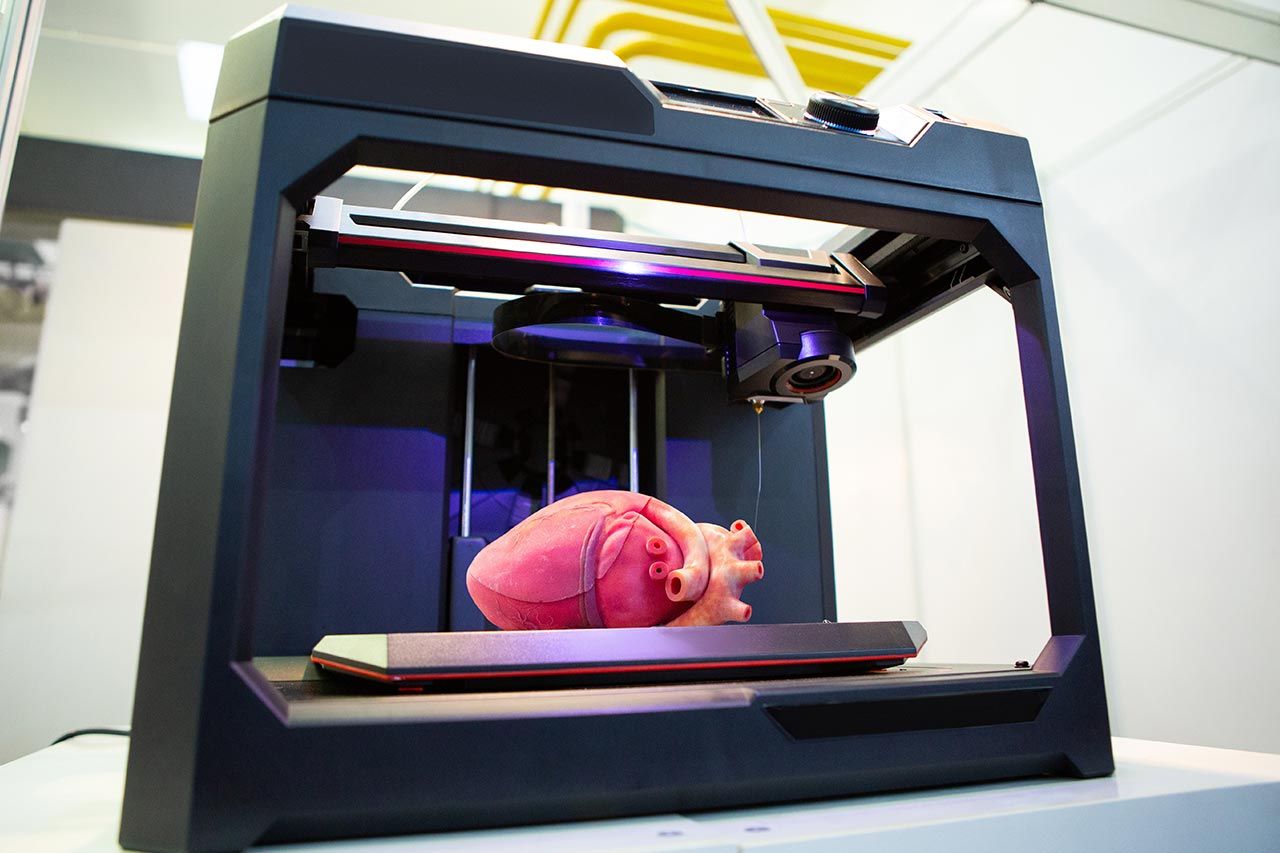Advancements in technology have led to groundbreaking innovations in various industries, and one area that has seen significant progress is medicine. 3D printing, also known as additive manufacturing, has revolutionized the healthcare industry by providing new opportunities for manufacturing personalized medical devices, implants, and even organs.
Personalized Medicine
One of the most significant impacts of 3D printing on medicine is the ability to create personalized medical devices for patients. Traditional manufacturing methods often involve creating standard sizes and shapes for medical devices, which may not fit every patient perfectly. With 3D printing, medical professionals can create customized implants and prosthetics that are tailored to the specific anatomy of each patient. This can lead to better outcomes and faster recovery times for patients.
Complex Surgical Procedures
3D printing has also been invaluable in assisting with complex surgical procedures. Surgeons can now create detailed 3D models of a patient’s anatomy from medical imaging data, allowing them to plan and practice a surgery before the actual procedure. This has been particularly useful in surgeries involving delicate or hard-to-reach areas of the body, reducing the risk of complications and improving patient outcomes.
Organ Transplants
Perhaps one of the most exciting developments in 3D printing and medicine is the potential for creating human organs. While the technology is still in its early stages, researchers have successfully 3D printed tissue and organ prototypes using bio-inks made from living cells. This breakthrough has the potential to revolutionize the organ transplant process, reducing the need for donors and eliminating the risk of rejection.
Medical Education and Training
3D printing has also had a significant impact on medical education and training. Medical students can now learn anatomy and practice surgical techniques using 3D-printed models that closely resemble human tissue and organs. This hands-on approach allows students to develop their skills in a realistic setting, ultimately leading to better-prepared healthcare professionals.
Challenges and Future Directions
While 3D printing has revolutionized healthcare in many ways, there are still challenges that need to be overcome. The cost of 3D printing technology and materials can be prohibitive for some healthcare facilities, limiting access to these innovative solutions. Additionally, there are still regulatory and ethical considerations to address when it comes to 3D printing personalized medical devices and organs.
Despite these challenges, the future of 3D printing in medicine looks promising. Researchers are constantly exploring new applications for the technology, from creating drug delivery systems to developing patient-specific medical treatments. As 3D printing continues to evolve, we can expect to see even more groundbreaking advancements that will revolutionize healthcare as we know it.
Conclusion
3D printing has had a profound impact on medicine, revolutionizing healthcare in ways we never thought possible. From personalized medical devices to complex surgical procedures and even the potential for organ transplants, the possibilities with 3D printing are endless. While there are challenges to overcome, the future of 3D printing in medicine is bright, offering new opportunities to improve patient care and outcomes.


